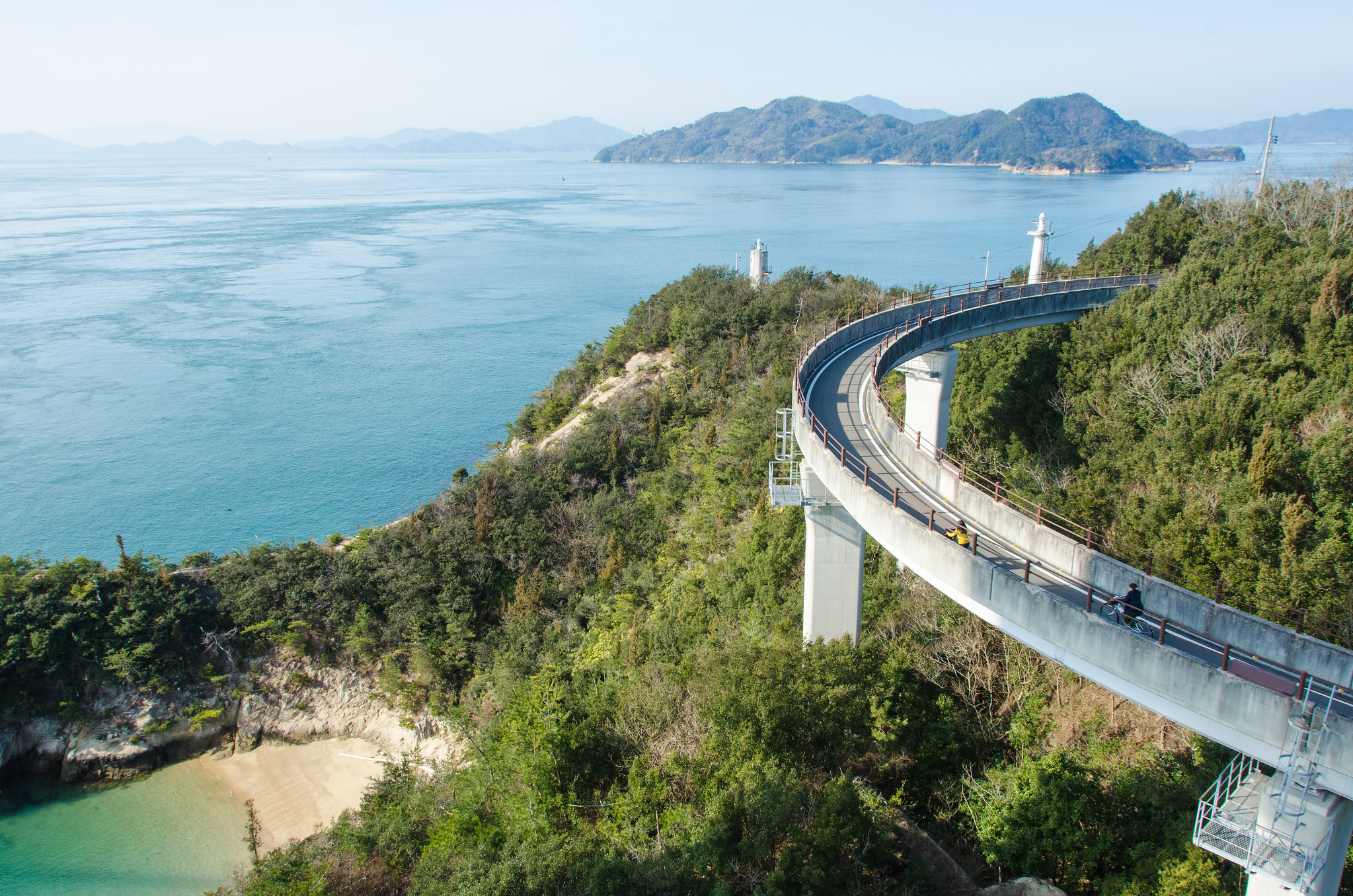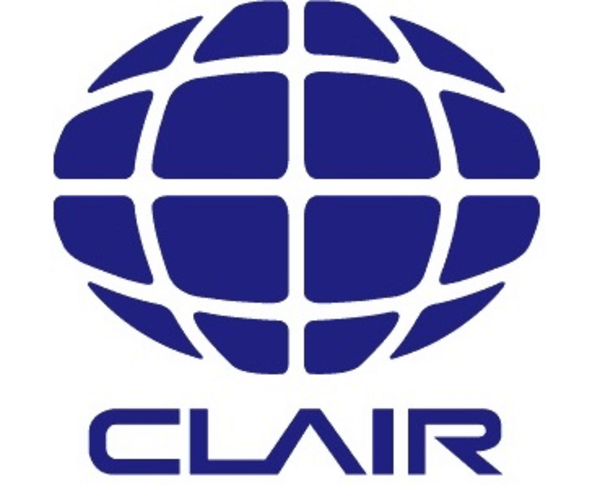
City
Ehime Prefecture
Main actors
City Government, Private Sector, NGO / Philanthropy, Community / Citizen Group
Project area
Metropolitan Area
Duration
Ongoing since 2010
Establishing a new cycling culture
The Ehime Prefectural Government aims to make Ehime a cycling capital for both citizens and tourists with the launch of Ehime Marugoto Cycling Tracks. 11 cycling courses for intermediate/ advanced cyclists and 17 cycling courses for families in 20 cities, towns and villages within the prefecture have been established using blue lines on road surfaces to guide cyclists. Furthermore, bicycle rental hubs and co-operative organisations run by volunteers have also been set up to ensure access to bicycles.
A website has been created that provides course guides for all tracks including tourist attractions and cafes on the routes. Reviews from cyclists and residents also provide useful information.
External links / documents
On Map
The Map will be displayed after accepting cookie policy
